The Life of a Bee Eater
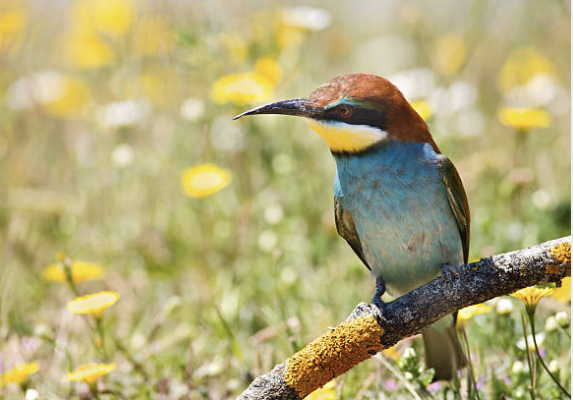
Have you ever been curious about what it would be like to experience the life of a bee eater? These beautiful, small yet mighty birds possess an extraordinary mystique as they live lives of adventure that span beautiful lands and intriguing migratory patterns. Moreover, their strategies of hunting and eating bees can teach us much. This post will look at the life of bee eaters and explore the secrets of these beautiful creatures.
What Are Bee Eaters?
Bee eaters are part of the family Meropidae, which comprises birds that come in a range of colors, including greens, blues, purples, pinks, and yellows. In size, they range from small to medium, and they are native to parts of Africa, Eurasia, and Australia. Bee eaters are widely known for their habit of catching insects, especially bees and wasps, mid-flight.
Where Do They Live?
Bee eaters generally thrive in warm climates across the globe, from Africa to India, the Middle East, and some parts of Europe. They prefer open landscapes on a mud cliff with a lack of trees and abundant grasslands or savannas. In addition, bee eaters have been spotted in forests, deserts, and even near human dwellings. Some of these birds are migratory, as they migrate to other parts of the world at various times of the year. When flying, they typically remain in small flocks and look for places where they can find plenty of insects to eat.
What Do They Eat?
Bee eaters are carnivorous and primarily eat flying insects such as bees, wasps, butterflies, dragonflies, and moths. Their curved, pointed beaks are perfectly suited to grabbing insects while flying, and they may also eat spiders, grasshoppers, ants, and even small reptiles. Bee eaters are also capable of recognizing which insects have been stunned by beekeepers and thus know which insects to eat and which to leave alone.
How Do They Mate?
Bee eaters are monogamous, meaning they form pairs and mate for life. When looking for a mate, bee eaters use several criteria, such as size and color. During mating, the male bee eater may put on a show in the air to court the female. The male will dive and twirl around the female before eventually landing near her, and he may also offer her food to indicate his intention to provide for her. When building a nest, the male and female work together. They may create a burrow dug into a sandy bank, an open cup-like structure built with mud and vegetation, or something else. After the female lays her eggs, both parents incubate them and provide for the chicks once they hatch. While some species take turns incubating the eggs, others require only the female to do this.
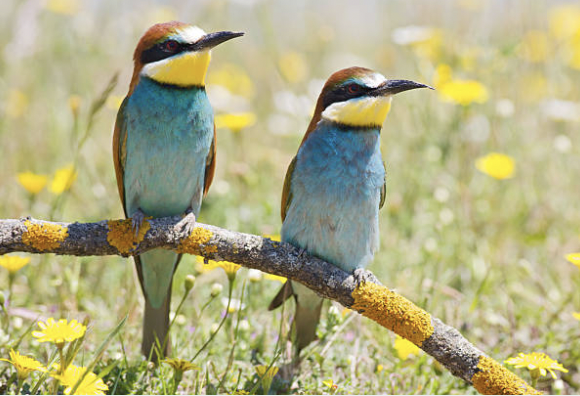
How Long Do They Live?
Bee eaters tend to have a lifespan of approximately six years, although certain species, such as the green bee eater, can live up to 20 years when cared for in captivity. How long they survive depends on the climate and the availability of food. Warmer climates and abundant food sources allow them to live longer, whereas cooler climates and scarce food sources mean their lifespan may be shorter. Additionally, a bee eater's health can influence their lifespan; those with proper nutrition, shelter, and water often live to their full potential, while those in ill health may not make it as long.
The lives of bee eaters are chock-full of intrigue and surprise. Even though they do not have particularly long lifespans, they live busy lives involving hunting, eating, and mating. The next time you see a bee eater, be sure to appreciate how much life they've been able to squeeze into a few years!


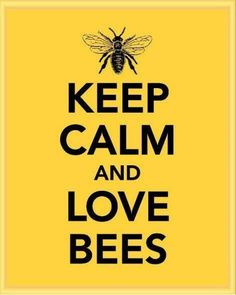

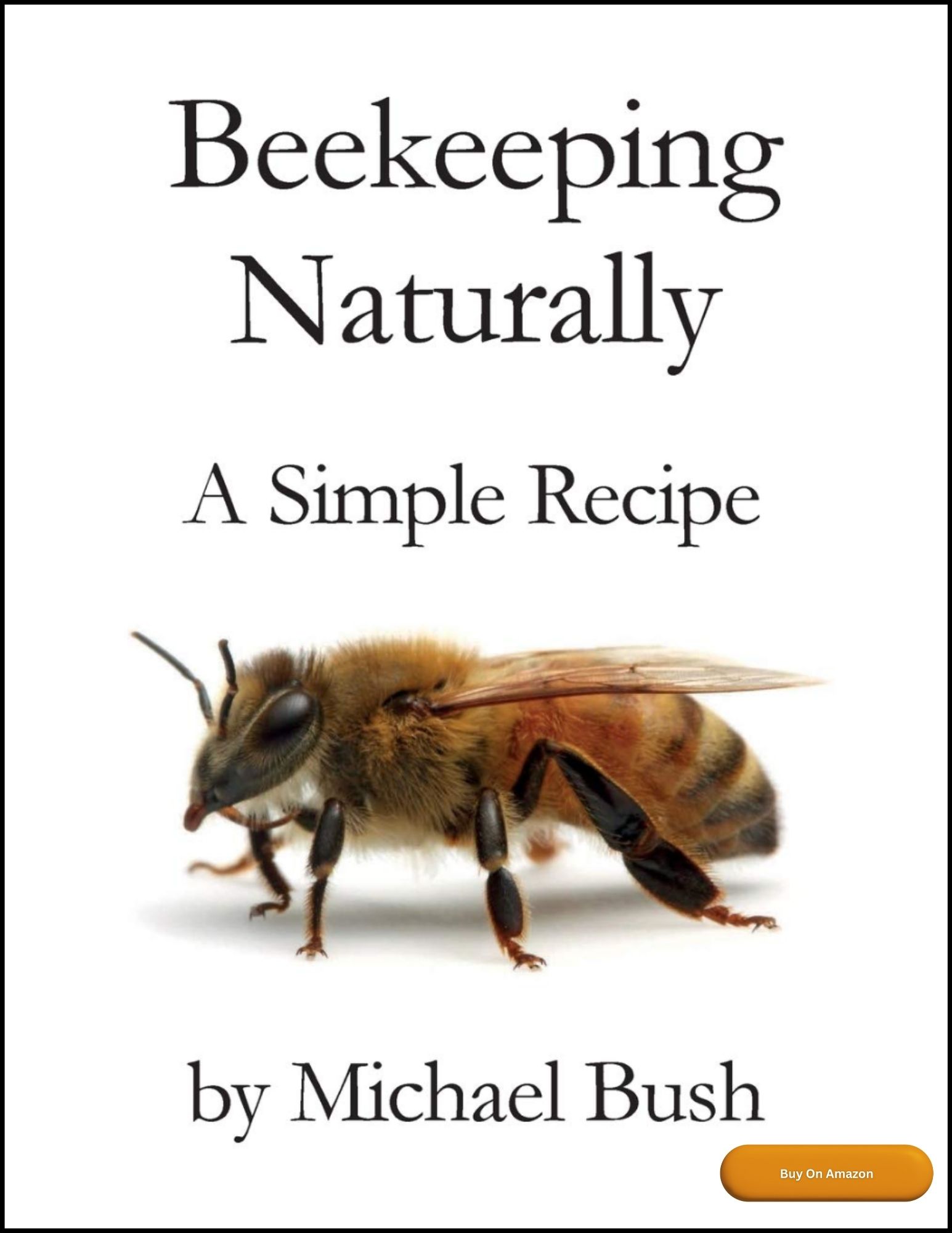
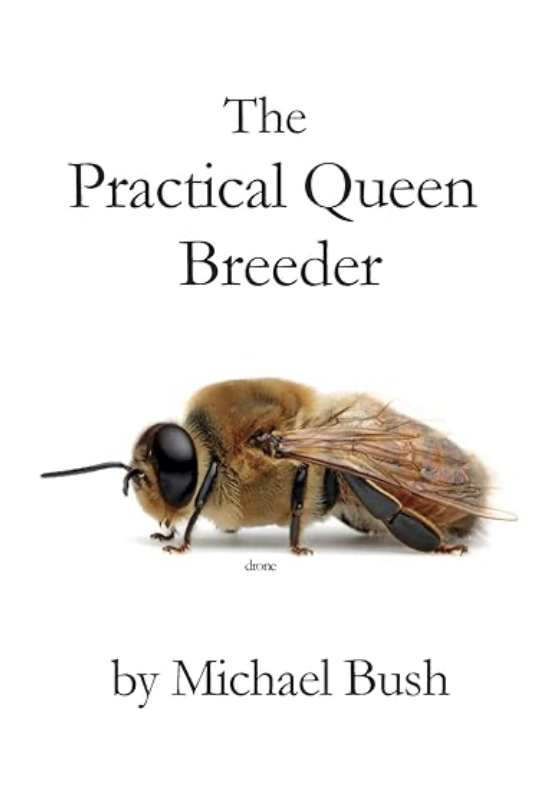

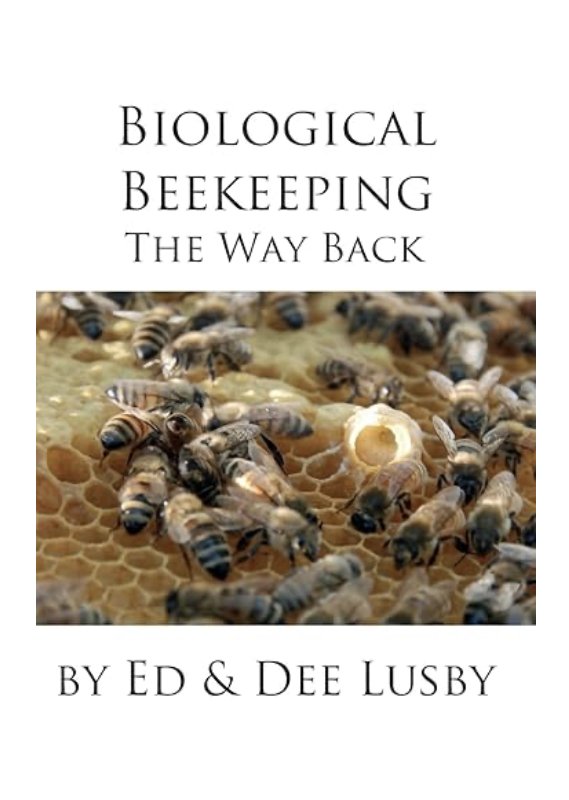

New! Comments
Have your say about what you just read! Leave me a comment in the box below.